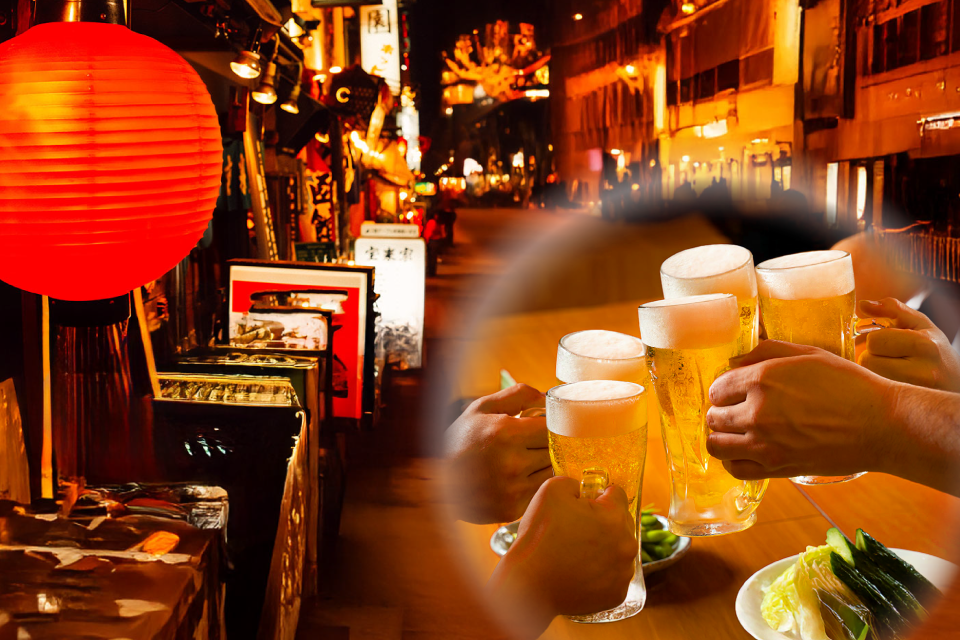
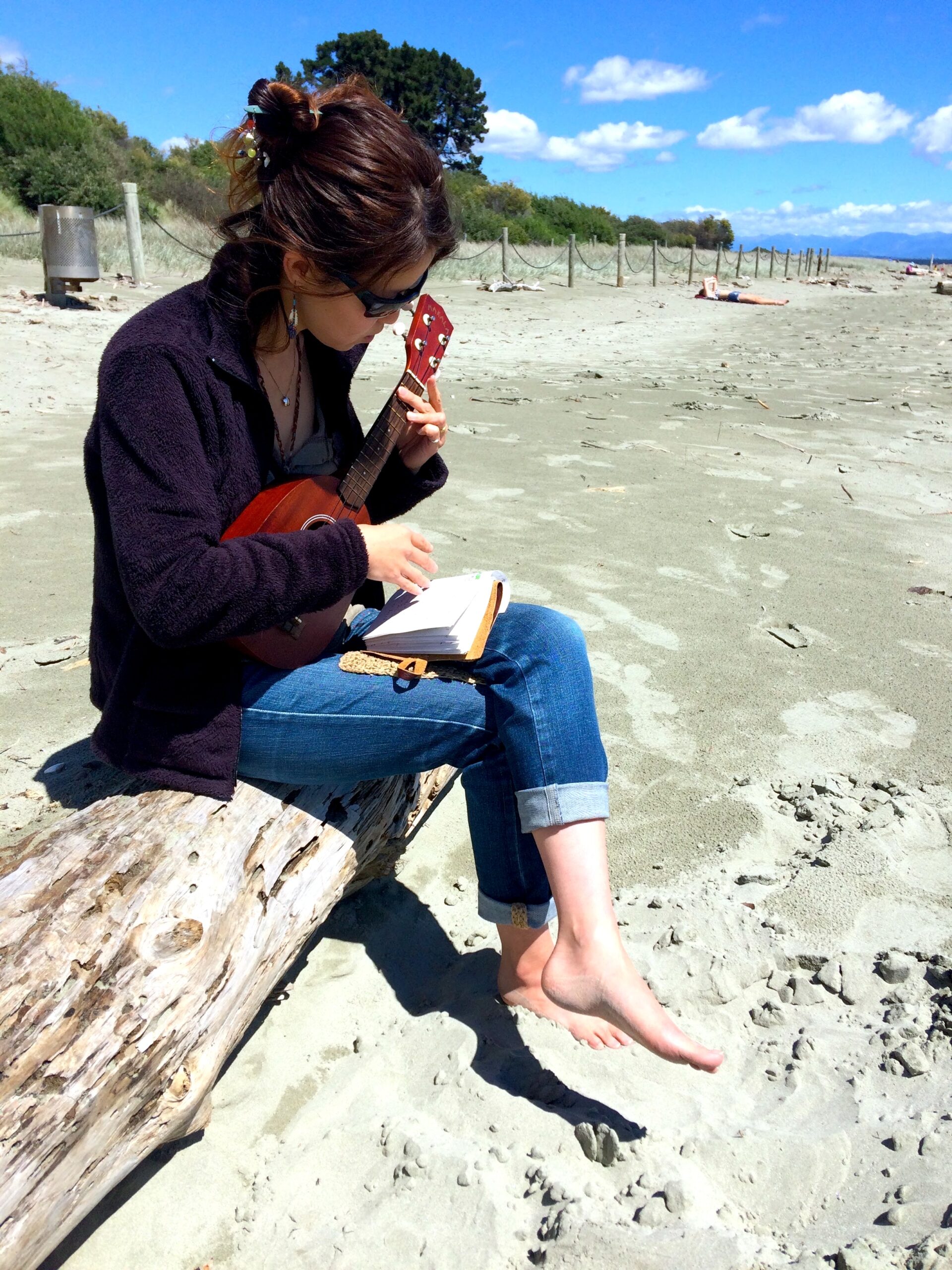
Japanese izakaya are more than drinking spots – they blend culinary culture, communal bonding, and travel. For many visitors, izakaya evoke neon-lit alleys, yakitori skewers, and frothy beer, yet the story goes deeper.
This guide highlights their unique role, signature dishes, etiquette, and the best spots in Tokyo, Kyoto, and Osaka.
What Is an Izakaya? A Japanese Izakaya Explained
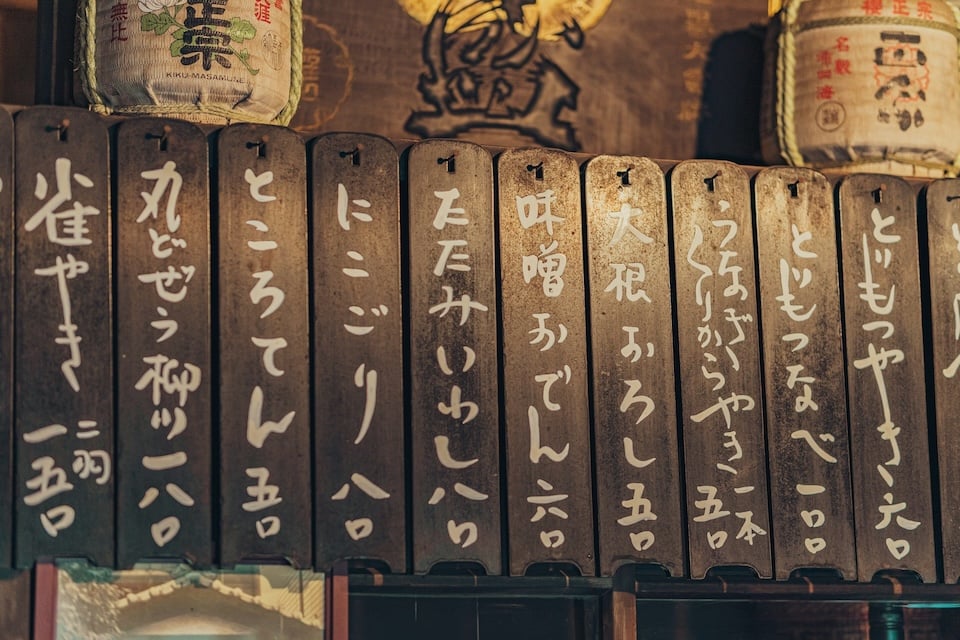
An izakaya is more than a bar—it’s a casual dining hub where food, drinks, and conversation flow together.
Rooted in Edo-period sake shops, today’s izakaya remain a cornerstone of Japanese nightlife, offering an affordable and authentic taste of local culture.
Definition and origins of izakaya in Japanese culture
An izakaya (居酒屋) is a casual bar-restaurant where people drink and share plates, often compared to tapas bars. The name means “stay at a sake shop,” and its roots go back to Edo times when vendors served snacks so customers lingered.
Today, they remain widespread across Japan, with meals around 2,000–5,000 yen (13–33 USD), popular for after-work gatherings and as an affordable entry to Japanese cuisine.
More than just bars, izakaya are social spaces that foster conversation and embody the spirit of Japanese nightlife.
Izakaya vs yakitori shops and regular bars
Izakaya and yakitori-ya (焼き鳥屋, yakitori-ya) may both serve skewers, but yakitori-ya focus on chicken while izakaya offer a wide menu—sashimi (刺身), karaage (唐揚げ), hot pots, and noodles.
Most dishes cost just a few hundred yen (2–4 USD), with all-you-can-drink plans from 2,000 yen (13 USD), making them ideal for groups. Drinks range from sake (酒) and shochu (焼酎) to beer and highballs (ハイボール).
For variety and a lively communal experience, izakaya is the better choice.
The Izakaya Culture and Experience
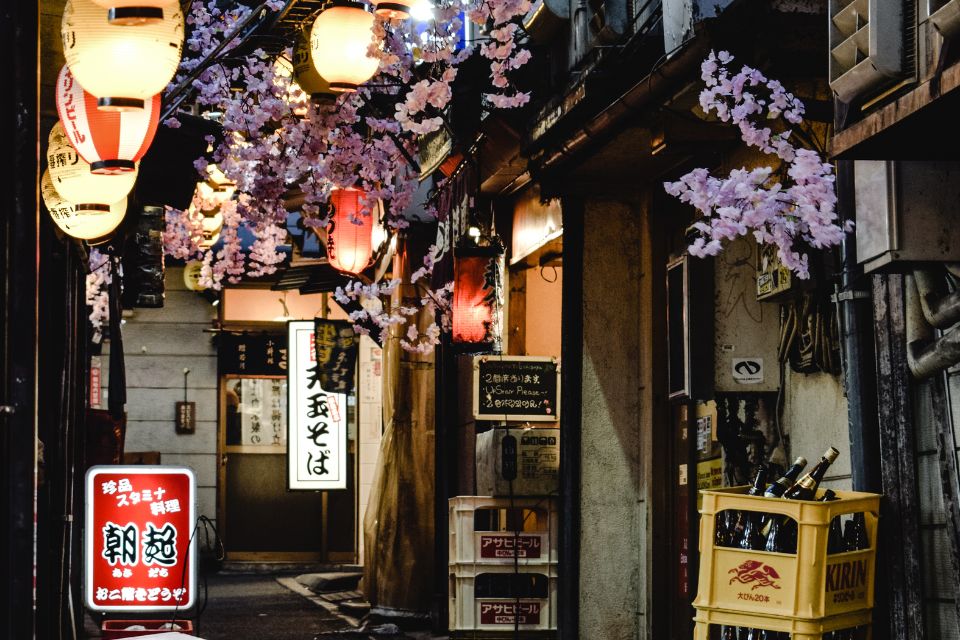
Izakayas are more than just places to drink—they are social hubs where food, laughter, and conversation come together.
From after-work gatherings to weekend nights with friends, these lively establishments embody the rhythm of Japanese nightlife and offer visitors an authentic cultural window.
Why Are Izakayas Central to Japanese Nightlife?
In Japan, izakaya serve as social hubs where co-workers and friends gather after work to relax and bond.
Their informal atmosphere bridges professional and personal life, while shared plates encourage teamwork and conversation. Diners can try many flavors without the pressure of choosing a single dish.
Though a Japan Times report noted 203 closures in 2024 due to economic shifts, izakaya remain central to nightlife.
For visitors, observing toasts, sharing plates, and lively chatter offers cultural insight as valuable as visiting temples.
Atmosphere and group dining style
Most izakaya are lively and noisy, better for groups than for quiet dinners. Seating ranges from Western tables to tatami (畳) floors, with options from counters to private rooms.
Close seating and open kitchens encourage interaction, letting guests watch skewers grilling or sashimi being prepared.
Because they get busy, some enforce two-hour limits. Staff usually bring oshibori (おしぼり) and an otoshi (お通し) appetizer, a small cover charge dish.
Embrace the energy—join the chatter, share plates, and enjoy the atmosphere; for privacy, choose booths or reserve a room.
Popular izakaya alleys and neighborhoods
Japan’s cities each showcase unique izakaya districts. In Tokyo, Kabukicho buzzes with neon lights, Hoppy Street brings retro charm, and Yurakucho thrives under the train tracks.
Kyoto’s Pontocho glows with lanterns along the Kamogawa, while Osaka’s Namba and Dotonbori mix food and nightlife by the canals. Sapporo’s Susukino is the hub of the north.
Exploring these areas reveals the nostalgic, communal heart of Japan’s nightlife.
Izakaya Menu and Food You Must Try
From sizzling skewers to hearty stews, izakaya menus showcase Japan’s comfort foods. Here are the must-try dishes that define the experience.
Popular izakaya food – yakitori, karaage, sashimi, edamame
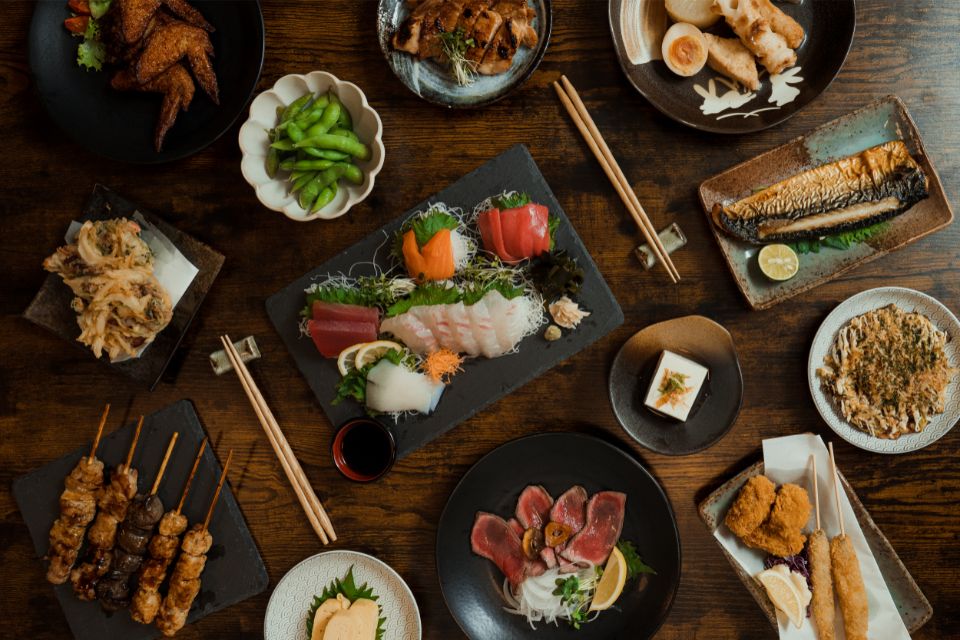
Izakaya menus span Japanese comfort foods, from sashimi (刺身) platters and yakitori (焼き鳥) skewers with tare (タレ) or shio (塩), to karaage (唐揚げ) and edamame (枝豆) with beer. Diners order many small plates, often starting with an otoshi (お通し) appetizer, a tradition dating back to early sake shops.
Regional specialties add depth: oden (おでん), kushiage (串揚げ), and okonomiyaki (お好み焼き) are local favorites.
In Osaka, kushiage pairs well with umeboshi (梅干し) sour, while Kyoto’s Pontocho offers kawayuka (川床) riverside dining. Asking for osusume (おすすめ, recommendation) keeps the meal fresh and introduces house specialties.
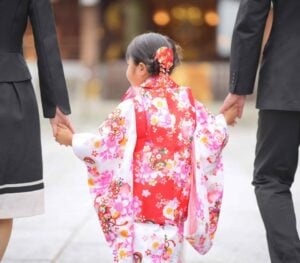
Drinks at izakaya – sake, shochu, highball, beer
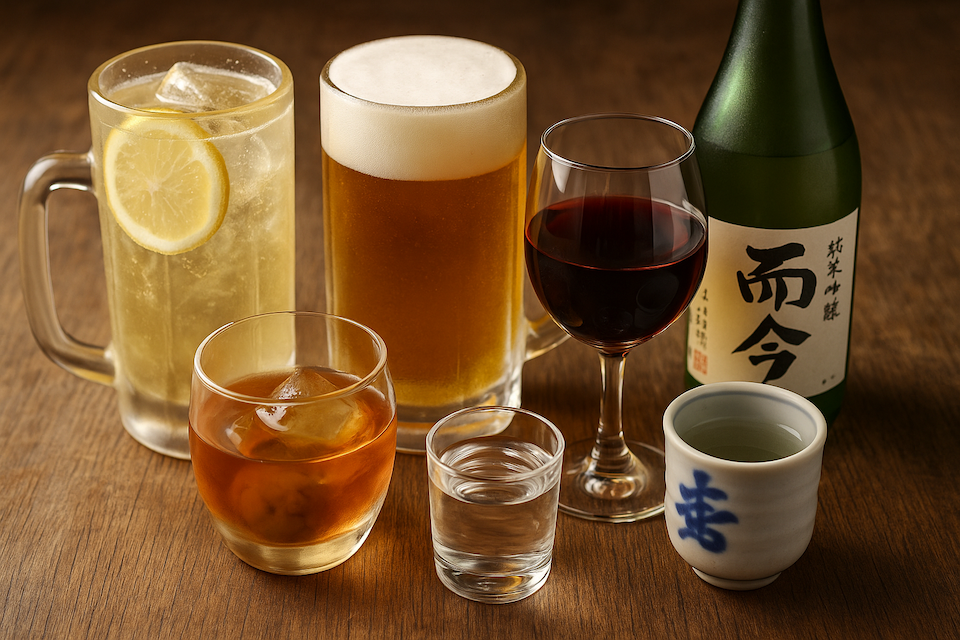
Izakaya offers a wide range of drinks to pair with food. Sake (日本酒) varies from dry to sweet, shochu (焼酎) can be enjoyed neat or mixed, and highballs (ハイボール) are refreshing with fried dishes.
Japanese draft beer (生ビール) is the classic first order, and all-you-can-drink plans from 2,000 yen (13 USD) make long evenings affordable.
Modern izakaya adds creative flair: Shibuya’s SG Low serves lemon sour cocktails, while Toridosi offers fruit-topped highballs. Some places, like Nihonshu Genka Sakagura in Shinjuku, stock over 50 premium sake at cost, perfect for tastings.
Asking staff for pairing tips helps discover new flavors.
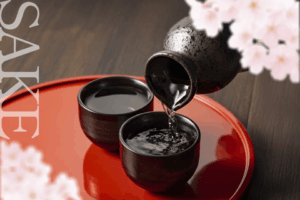
Vegetarian and vegan-friendly options at izakaya
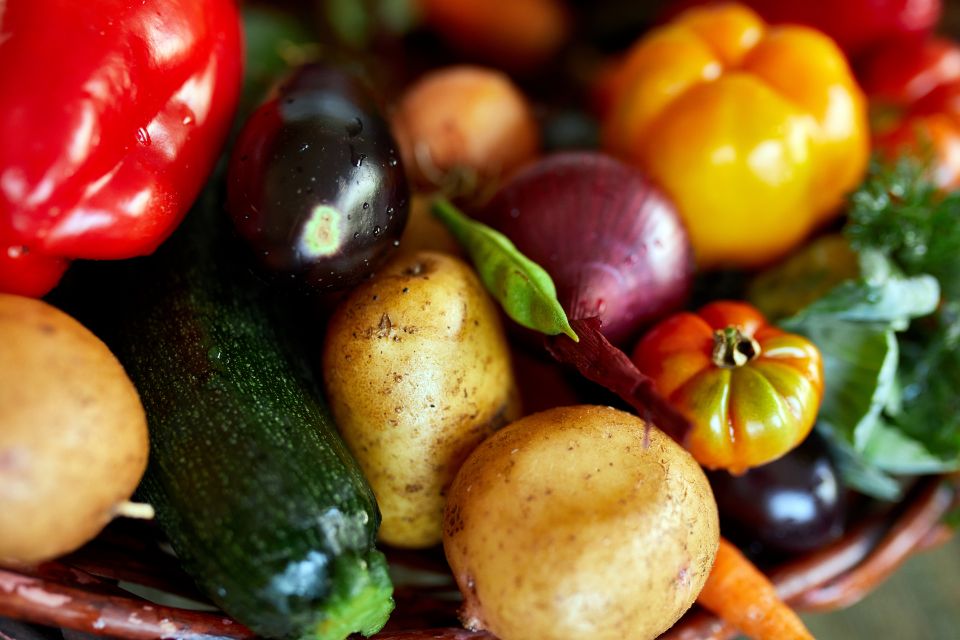
Vegetarian options in izakaya are limited but available. Common choices include edamame (枝豆), tofu such as hiyayakko (冷奴) or agedashi tofu (揚げ出し豆腐), salads, grilled vegetables, and croquettes.
Some places also serve vegetable tempura or mushroom skewers, though many dishes may use dashi (だし) or bonito flakes. Larger chains sometimes offer English menus to confirm ingredients.
In cities, vegetarian-friendly izakaya are growing—Tokyo pubs may serve avocado rolls or tofu steaks, while Kyoto’s Kokoraya Pontocho offers obanzai (おばんざい, Kyoto home cooking). Learning phrases like “Vegetarian desu” or asking about dashi helps communicate needs, and most staff are accommodating.

Izakaya Etiquette and Rules for Travelers
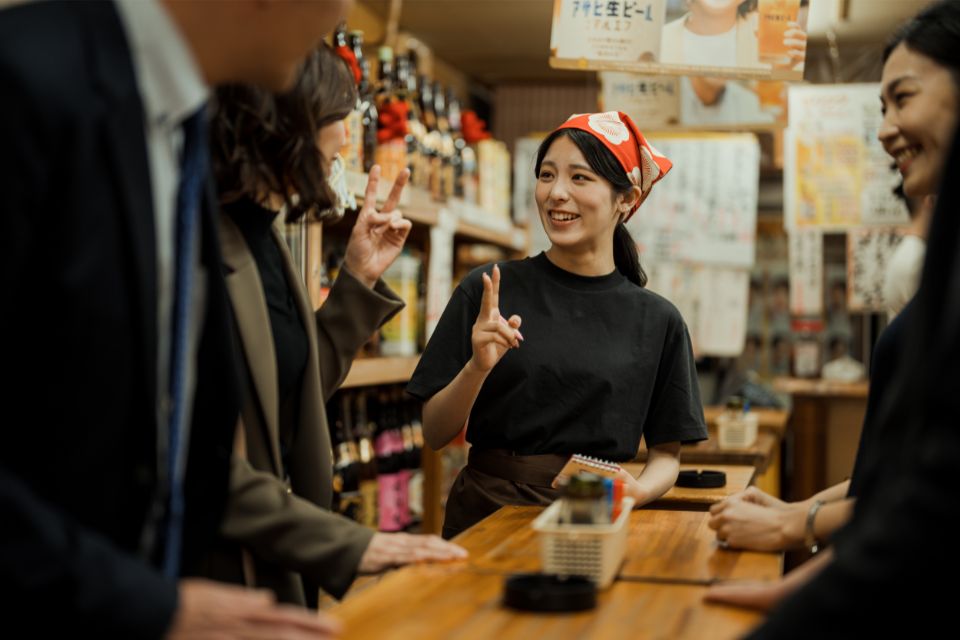
To truly enjoy an izakaya, understanding the basic rules and customs is essential. From ordering in rounds to toasting with “Kanpai!”, these small gestures help visitors blend in smoothly and experience Japan’s dining culture with respect.
How to order at an izakaya
Ordering at an izakaya is flexible and done in rounds. Start with drinks and a small appetizer like edamame (枝豆) or tofu, then order dishes gradually. This pacing keeps food fresh, and meals often end with a shime (締め) such as ramen or ochazuke. Some places have call buttons, while in others you simply raise your hand.
Ask staff for “Osusume wa? (おすすめは?)” to discover recommendations, and specify tare (タレ) or shio (塩, salt) when ordering yakitori. Payment is made at the register, not at the table.
Tipping is not expected, but saying “Gochisousama deshita” (ごちそうさまでした, thank you for the meal) shows gratitude.
Sharing plates and toasting customs
At an izakaya, sharing is polite and communal. Everyone gets a torizara (取り皿,personal plate) to take food from shared dishes. Use serving chopsticks or the back end of yours, never pass food chopstick-to-chopstick, and avoid pointing or stabbing food.
Before drinking, raise your glass and say “Kanpai!” (乾杯, cheers) together, then sip after clinking. When pouring sake or beer, use both hands and expect the same courtesy in return.
Stack empty plates neatly to help staff, and enjoy the ritual as part of Japanese culture—small mistakes are forgiven when you show effort.
Tips for respectful behavior in Japanese izakaya culture
Basic manners matter in izakaya: speak moderately, wait until everyone is served, and avoid phone calls. Watch how locals behave if unsure. It’s fine to lift bowls, but never stick chopsticks upright in rice—a gesture linked to funerals. Bring cash since smaller shops may not take cards.
When paying, say “Betsu betsu” (別々, separately) if you want to split the bill, though groups often share costs evenly. Expect to stay about two hours before leaving your table. Above all, relax and enjoy—the spirit of izakaya is unwinding together.
Quick FAQs About Izakaya Etiquette
- How long should I stay?
-
Most izakaya expect customers to stay around two hours, especially during busy periods. Time limits ensure turnover.
- Can I decline the otoshi (cover charge)?
-
No. Otoshi is mandatory, but you may request a substitution if you cannot eat the offered dish.
- Is it acceptable to dine alone?
-
Yes! Solo customers are welcome, and counter seats are ideal for single diners.
- Are English menus available?
-
Many chains and tourist-area izakaya provide English or pictorial menus. If not, translation apps or pointing at pictures can help.
- Do I need a reservation?
-
Reservations are rarely necessary for small groups, but are recommended for popular izakaya or large parties.
Best Izakaya in Tokyo
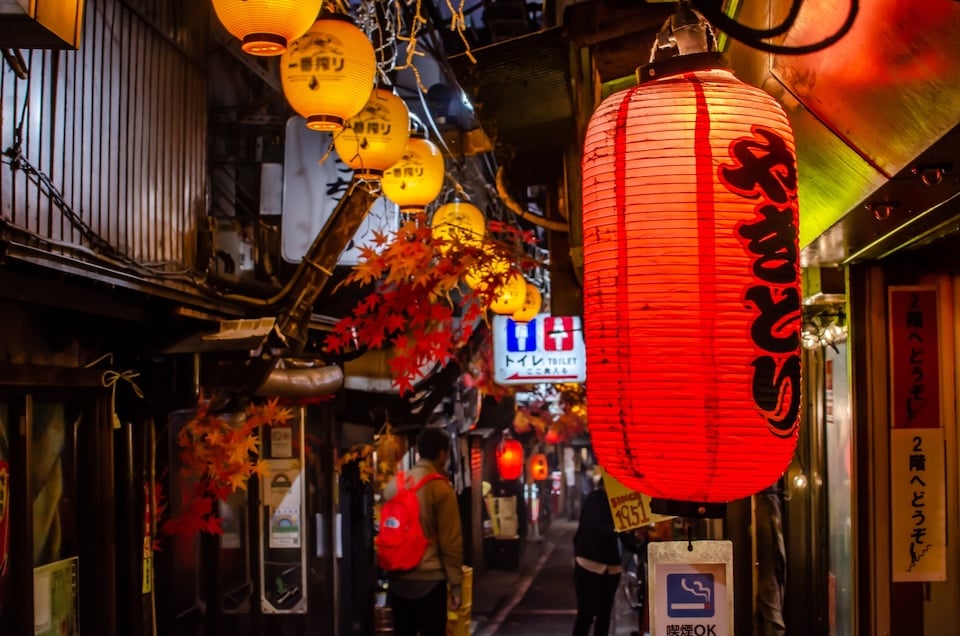
Tokyo’s nightlife is filled with izakaya, from neon-lit alleys to refined sake bars. This section highlights key spots in Shinjuku, Shibuya, and historic districts, with details on hours, specialties, and access to help you plan. Whether lively or traditional, Tokyo offers an izakaya for every taste.
Izakaya near Shinjuku – vibrant nightlife spots
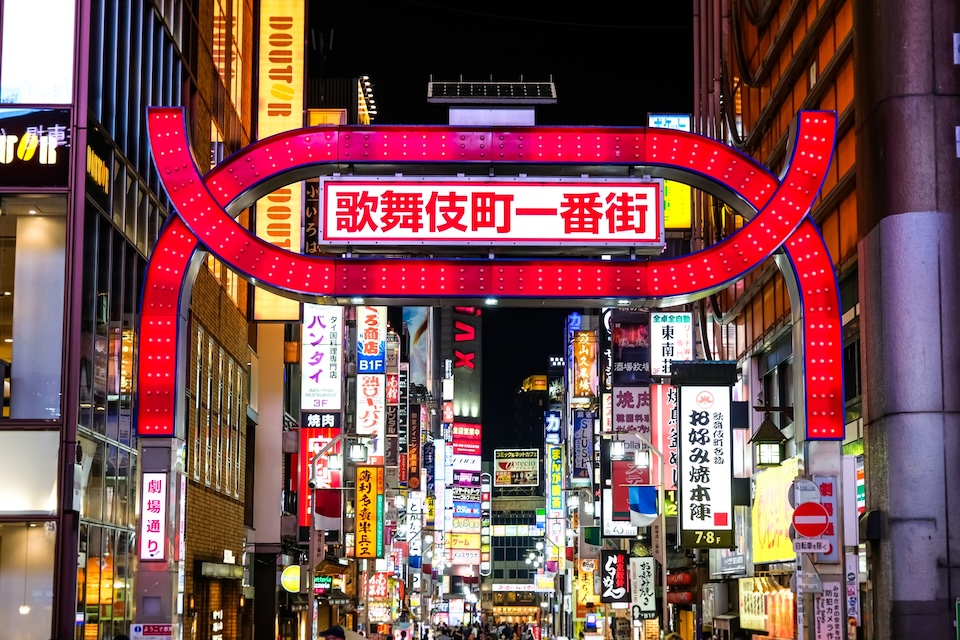
Shinjuku offers everything from nostalgic alleyway pubs to modern sake tasting bars. Here are key venues with their specialties and practical details. Perfect for groups, sake fans, or anyone seeking authentic Tokyo nightlife.
| Restaurant | Highlights | Price Range (per person) | Hours | Address & Access | HP |
|---|---|---|---|---|---|
| Zauo Shinjuku Branch | Catch fish from tanks; signature tai-chazuke (鯛茶漬け) | ¥3,000–¥5,000 (20–33 USD) | Weekday lunch 11:30-15:00 dinner 17:00-22:30 Weekends and holidays lunch 11:30-14:30 dinner 16:00-22:30 | Washington Hotel Shinjuku, near the Station | Official Site |
| Wazen Shinjuku | Private rooms; sashimi (刺身), yakitori (焼き鳥), winter fugu | ¥5,000–¥8,000 (33–53 USD) | 12:00–24:00 | Near Shinjuku Sanchome Station | Official Site |
| Nihonshu Genka Sakagura | 50+ premium sake (日本酒) at cost; non-smoking, tasting flights | ¥3,000–¥6,000 (20–40 USD) | 16:00–23:30 | Shinjuku Station East Exit | Official Site ※Japanese Only |
| Motsuyaki Ucchan | Offal skewers, liver sashimi; nostalgic Showa-era smoky vibe | ¥2,000–¥4,000 (13–27 USD) | 16:00–23:00 | Omoide Yokocho alley, near Shinjuku Station | Official Instagram ※Japanese Only |
Izakaya near Shibuya – trendy and youthful experience
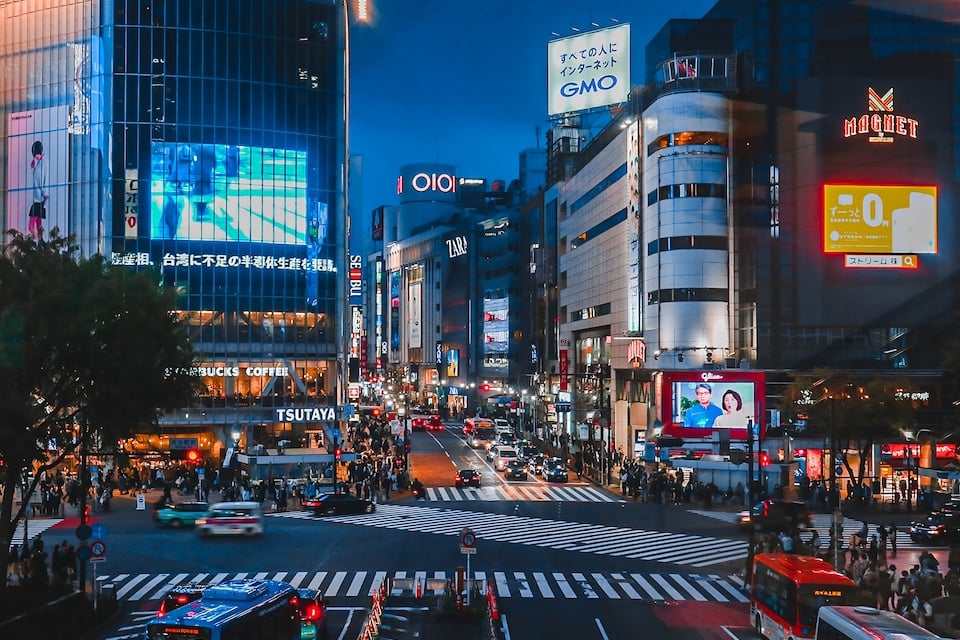
Trendy Shibuya mixes creative drinks with bold menus. From seafood pubs to modern cocktail-style izakaya, here are top choices. Great for youthful nights out and adventurous flavors.
| Restaurant | Highlights | Price Range (per person) | Hours | Location | HP |
|---|---|---|---|---|---|
| Hanchika | Steamed dishes (shumai), indie wines, infused highballs; live events | ¥2,500–¥5,000 (17–33 USD) | Mon – Sat 18:00–26:00 Sunday 18:00–24:00 | Near Shibuya Station | Official Instagram ※Japanese Only |
| Uoshin Shibuya | Fresh sashimi platters, miso-marinated swordfish | ¥3,000–¥5,000 (20–33 USD) | 17:00–23:00 | 3 min walk from Shibuya Station | Official Site ※Japanese Only |
| SG Low | Modern bar; lemon sour cocktails, creative comfort food | ¥3,500–¥6,000 (23–40 USD) | 17:00–23:00 | Dogenzaka area | Official Site |
| Toridosi | Grilled chicken, stuffed gyoza wings, fruit-infused highballs | ¥2,500–¥5,000 (17–33 USD) | 17:00–23:00 | Shibuya Center Street | Official Instagram ※Japanese Only |
Traditional Tokyo izakaya alleys
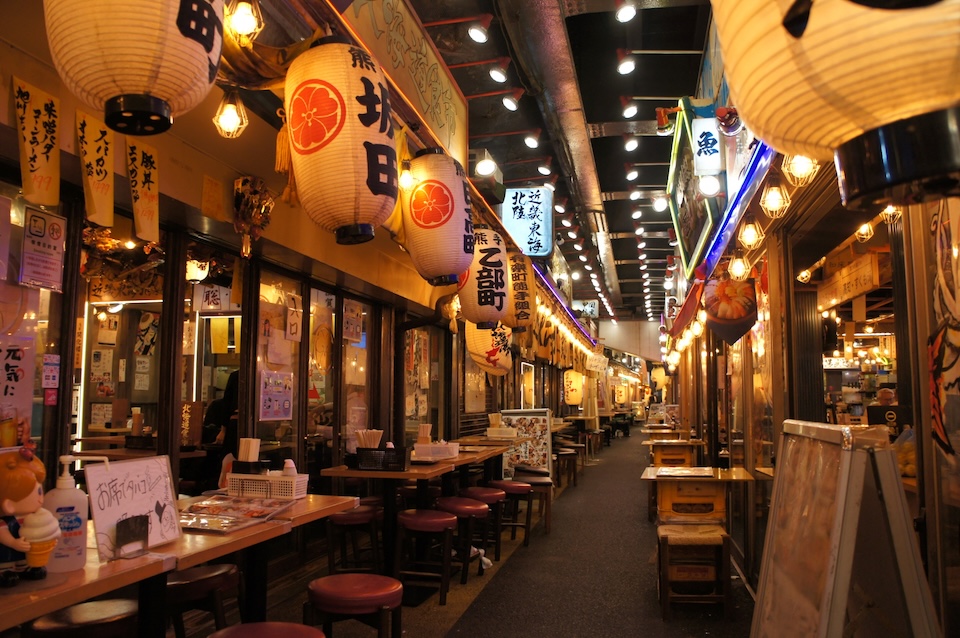
- Golden Gai (Shinjuku) – Over 200 tiny themed bars, from punk rock to Showa nostalgia. Most seats fewer than 10, with some charging a cover fee.
- Yurakucho Gado Shita – Izakaya clustered under the railway tracks, buzzing with grilled aromas and the rumble of trains.
- Hoppy Street (Asakusa) – Retro post-war lane known for beef tendon stew and the classic low-alcohol “Hoppy” drink.
- Omoide Yokocho (Shinjuku) – Also called Memory Lane, this narrow alley is filled with smoky yakitori and offal stalls, like the nostalgic Motsuyaki Ucchan.
Visiting these alleys lets travelers experience the old-school charm of Tokyo nightlife.

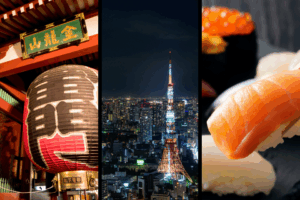
Best Izakaya in Kyoto
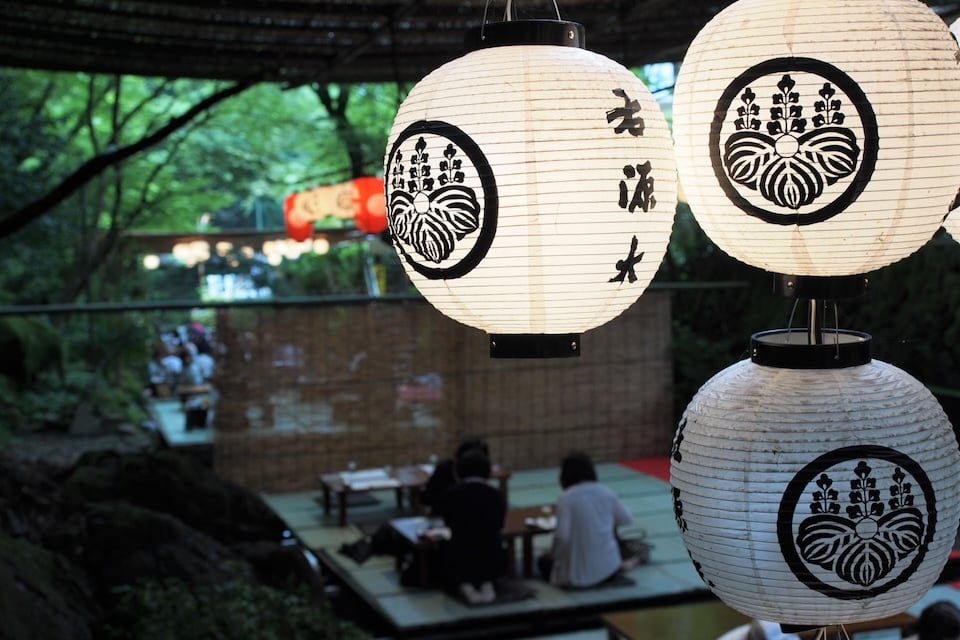
Kyoto’s izakaya scene balances tradition and innovation. Pontocho Alley and Gion offer atmospheric riverside settings along the Kamogawa River, while hidden gems highlight regional Kyoto cuisine.
Kyoto izakaya Pontocho – riverside dining with atmosphere
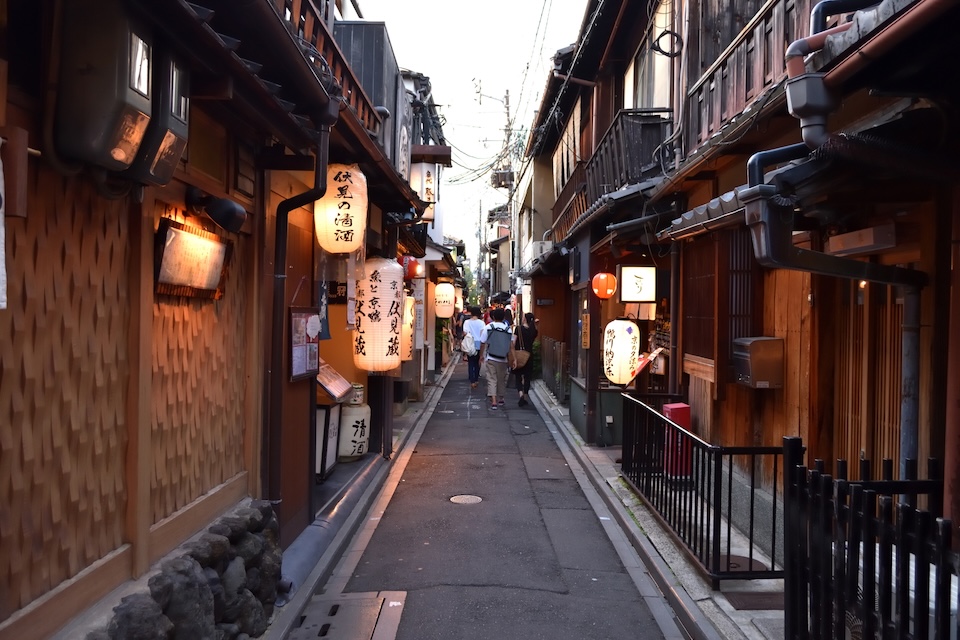
Pontocho Alley is one of Kyoto’s most iconic dining streets. Once a teahouse district from 1670, it became associated with geisha (芸者) after 1859.
At night, lanterns glow over narrow lanes of machiya (町家), with shamisen (三味線) melodies drifting through the air. In summer, restaurants open kawayuka (川床)—wooden decks over the Kamogawa River—where diners enjoy evening breezes.
Here are recommended izakaya in Pontocho, blending Kyoto tradition with unique dining experiences.
| Restaurant | Highlights | Price Range (per person) | Hours | Location | HP |
|---|---|---|---|---|---|
| Ponto | Kawayuka dining in summer; Kyoto dishes like grilled river fish & tempura | ¥3,000–¥4,000 (20–27 USD) | 16:00–22:00 | Middle of Pontocho Alley | Official Site ※Japanese Only |
| Yoshino | High-end sushi; fresh fish delivered daily; upscale izakaya style | Lunch: ¥5,000–¥6,000 (33–40 USD)Dinner: ¥10,000–¥20,000 (67–133 USD) | 17:00–22:30 | Pontocho Alley | Official Site |
| Kokoraya Pontocho | Obanzai (おばんざい, Kyoto home cooking); casual kappo | ¥7,000–¥8,000 (47–53 USD) | 17:00–22:00 | North end of Pontocho | Official Site |
| Sushitetsu Pontocho | Affordable sushi chain; plates from ¥250 (1.70 USD); English menus available | ¥2,000–¥3,000 (13–20 USD) | Mon – Fri 17:00–23:00 Sat, Sun 12:00-14:30 17:00–23:00 | Pontocho Alley | Official Site |
Hidden izakaya in Gion and traditional districts
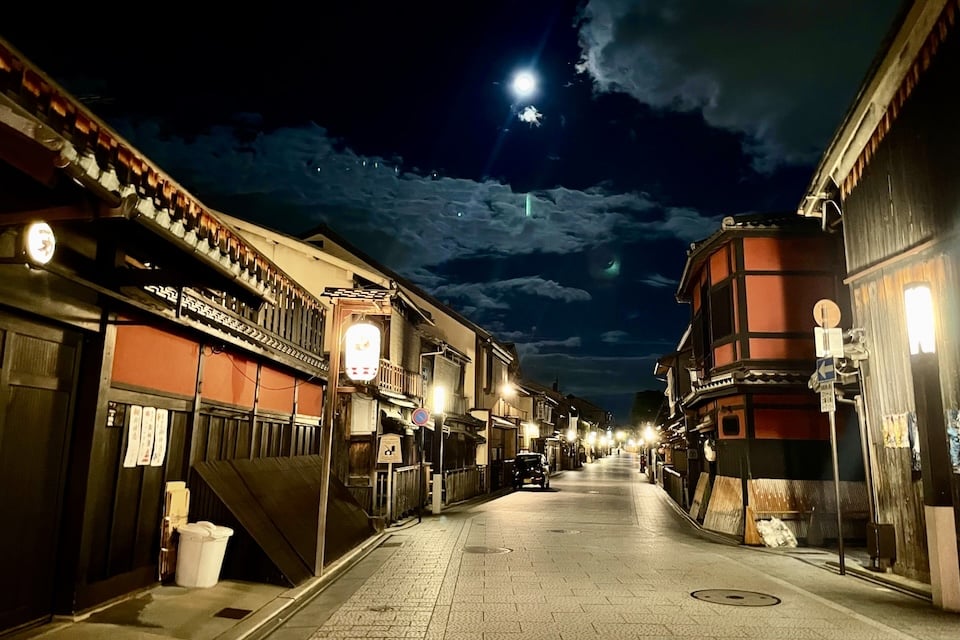
Gion is Kyoto’s most famous geisha (芸者) district, where wooden lattices conceal many small izakaya. While some remain private or members-only, a few hidden gems welcome travelers with authentic Kyoto flavors.
| Restaurant | Highlights | Price Range (per person) | Hours | Location | HP |
|---|---|---|---|---|---|
| Gion Kappa | Traditional izakaya-style sharing plates in a cozy Gion setting | ¥4,000–¥7,000 (27–47 USD) | 5 pm–11 pm | Central Gion district | Official Site ※Japanese Only |
| Yorozu Enraku | Kyoto zensai (small vegetable dishes) and a nostalgic setting | ¥4,000–¥6,000 (27–40 USD) | 5 pm–11 pm | Traditional alley in Gion | Official Site ※Japanese Only |
*Because many Gion eateries are private or invitation-only, ask your hotel concierge for reservations, or visit Pontocho for a more open atmosphere.
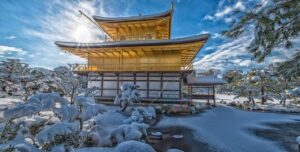
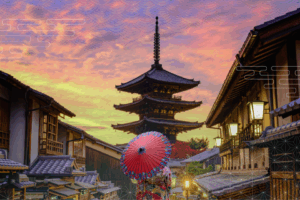
Best Izakaya in Osaka
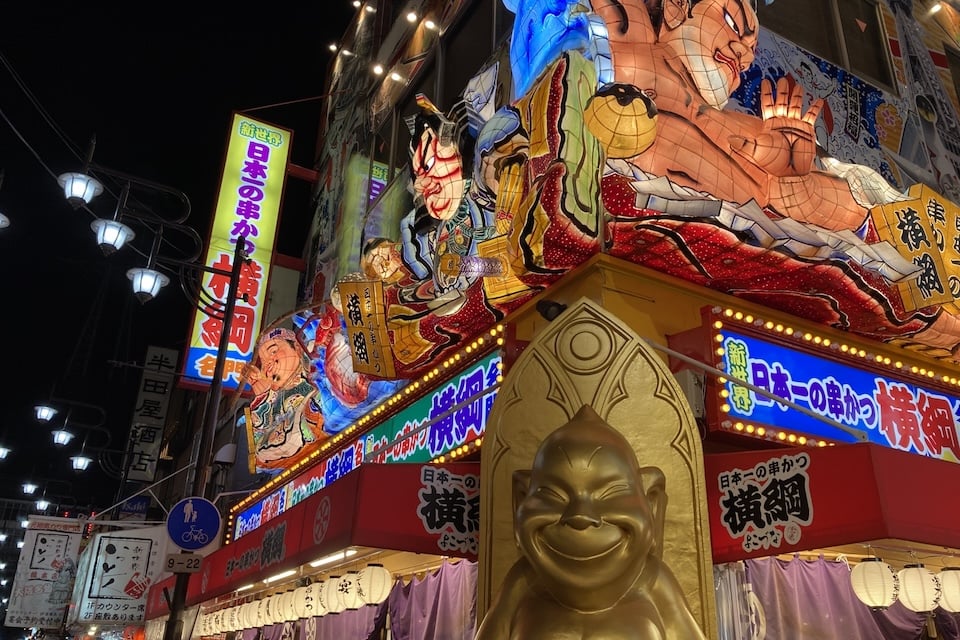
Osaka, the “nation’s kitchen”, is famous for its abundant and innovative izakaya. Namba and Dotonbori host some of the city’s most iconic venues, while hidden gems showcase unique local specialties that reflect Osaka’s rich food culture.
Osaka izakaya Namba – the heart of Kansai drinking culture
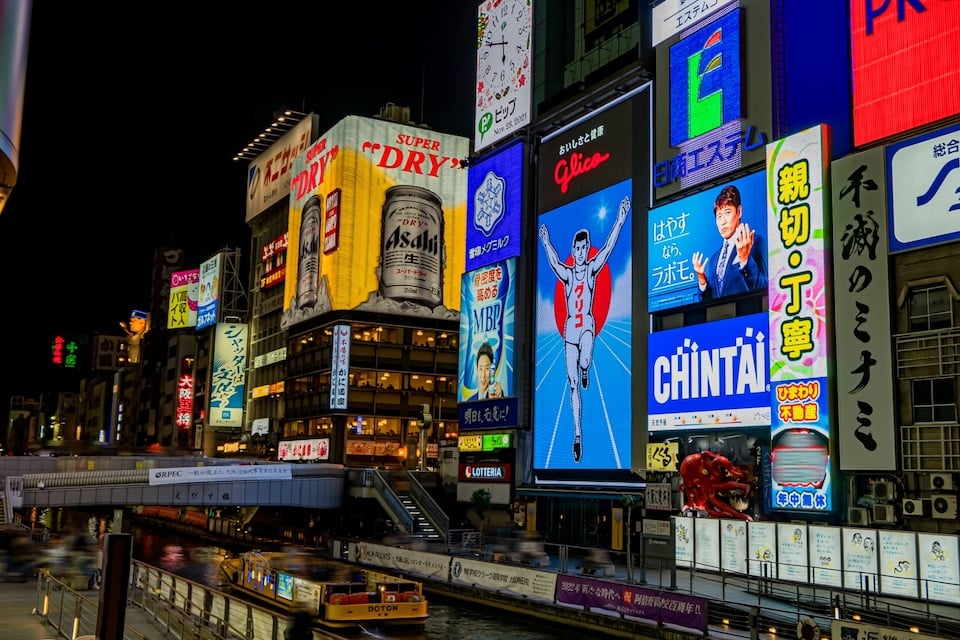
Bustling with neon lights and canal views, Namba and Dotonbori are the heart of Kansai drinking culture. Here you’ll find iconic izakaya mixing Osaka classics with lively nightlife.
| Restaurant | Highlights | Price Range (per person) | Hours | Location | Official Site |
|---|---|---|---|---|---|
| Isomaru Suisan Dotonbori | Crab innards, sashimi; lively chain vibe | ¥2,000–¥5,000 (13–33 USD) | 24hours | 1-4-18 Dotonbori | Official Site ※Japanese Only |
| Motsumaru Honpo | Canal-side pub; okonomiyaki, mushroom dishes, chicken steak | ¥2,000–¥5,000 (13–33 USD) | 17:30–25:00 (Thu–Tue) | 1-1-12 Dotonbori | Official Instagram ※Japanese Only |
| Sandaime Dotonbori Ikkyu | Omakase courses; canal-side setting | ¥4,000–¥7,000 (27–47 USD) | 5 pm–12 am (Tue–Sun) | 1-5-7 Dotonbori | Hitosara ※Japanese Only |
| Nagahori | Michelin-starred izakaya; seasonal vegetables, simple dishes | ¥6,000–¥8,000 (40–53 USD) | Tue-Fri 17:00–22:00 Sat 13:00-16:00 17:00-22:00 | Chuo Ward, Osaka | Official Instagram ※Japanese Only |
Local Specialties You Must Try in Osaka Izakaya
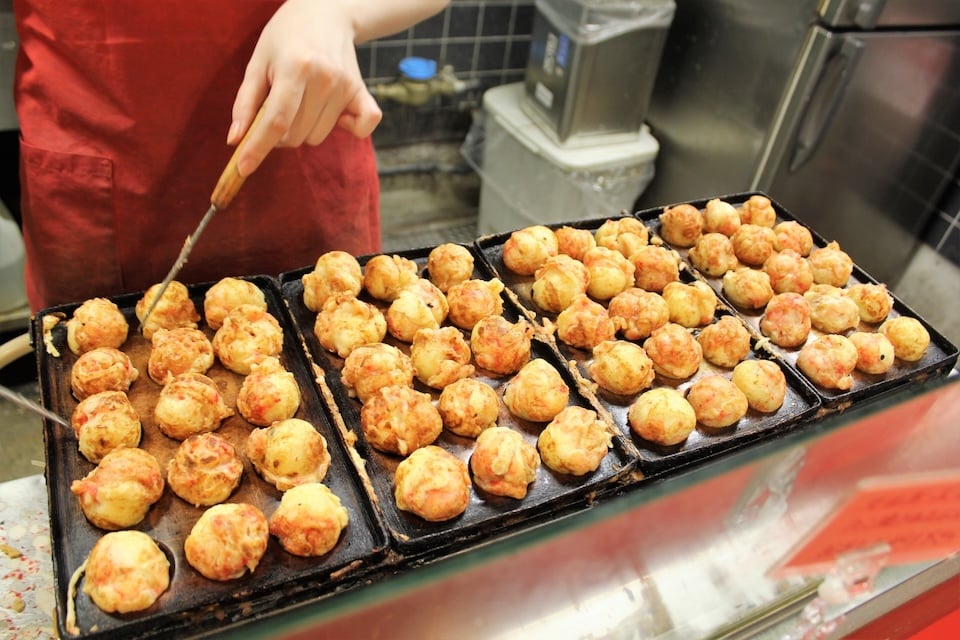
Osaka’s izakaya are famed for their hearty street-food style dishes, offering flavors you won’t find elsewhere. These specialties showcase the city’s playful and bold food culture.
- Kushi-katsu (串カツ) – Deep-fried skewers of meat, seafood, or vegetables coated in panko. Remember: no double-dipping in the communal sauce.
- Takoyaki (たこ焼き) – Octopus-filled batter balls topped with sauce, mayonnaise, and bonito flakes; some izakaya serve creative versions.
- Okonomiyaki (お好み焼き) – A savory cabbage pancake with various toppings; Osaka izakaya adds local twists like mushrooms or chicken steak.
- Doteyaki (どて焼き) – Beef tendon simmered in miso and mirin, perfect with beer.
- Sushikatsu (寿司カツ) – Osaka’s hybrid of sushi and deep-fried fish on vinegared rice, found in smaller pubs.
Sampling these dishes in Namba or Dotonbori offers a true taste of Osaka’s culinary heritage beyond sushi and tempura.
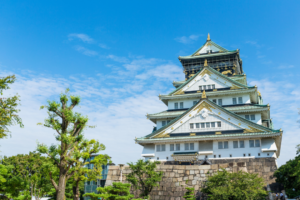
How to find the best izakaya in Japan
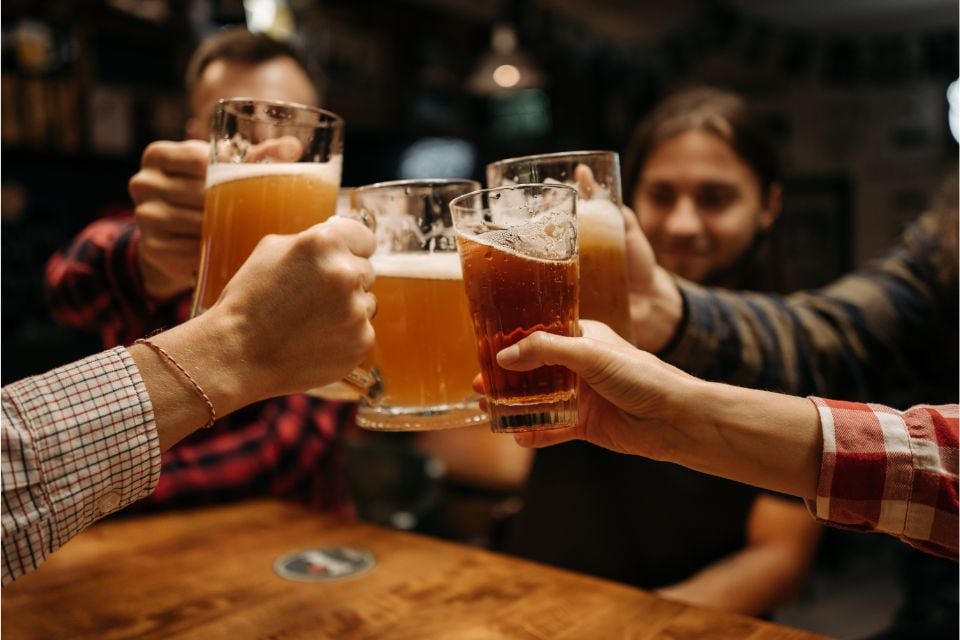
Izakaya are more than bars—they are cultural hubs where food, drinks, and community meet. From Tokyo’s neon alleys to Kyoto’s riverside decks and Osaka’s bold street flavors, each region offers a unique taste of Japan’s nightlife.
Whether trying yakitori, sashimi, or kushi-katsu, learning etiquette like “Kanpai!” (乾杯) toasts, or exploring alleys like Golden Gai and Pontocho, every visit deepens your cultural experience. Plan ahead, order adventurously, and embrace the lively atmosphere—izakaya will leave you with lasting memories of Japanese hospitality.


旅をこよなく愛するWebライター。アジアを中心に16の国にお邪魔しました(今後も更新予定)。
ワーホリを機にニュージーランドに数年滞在。帰国後は日本の魅力にとりつかれ、各地のホテルで勤務。
日本滞在が、より豊かで思い出深いものになるように、旅好きならではの視点で心を込めてお届けします!





